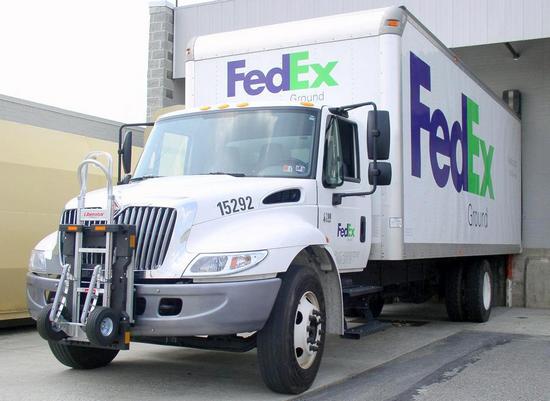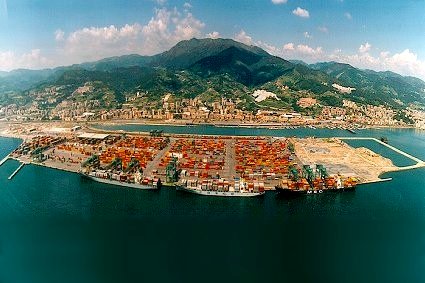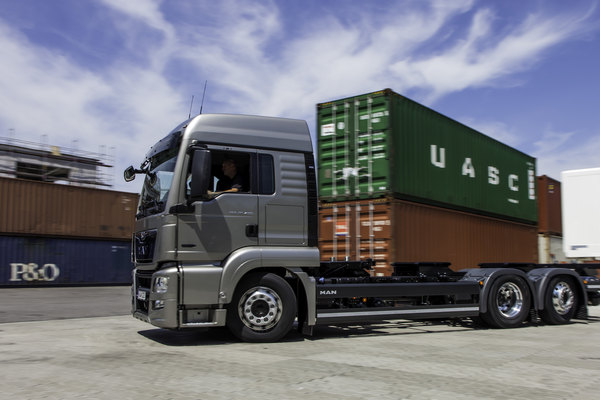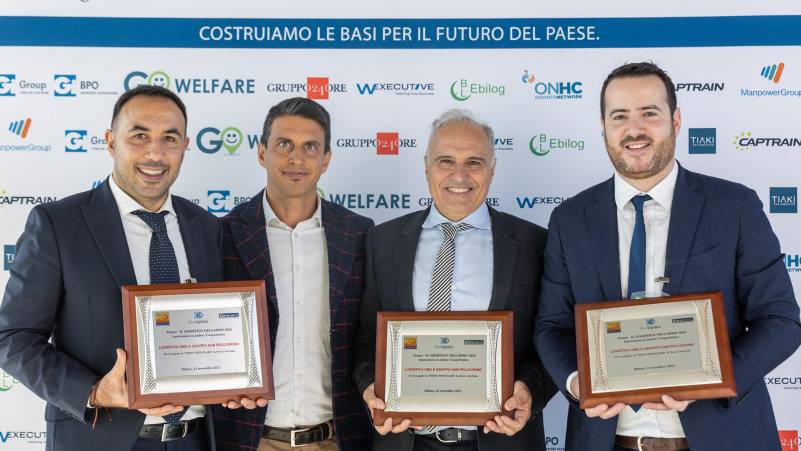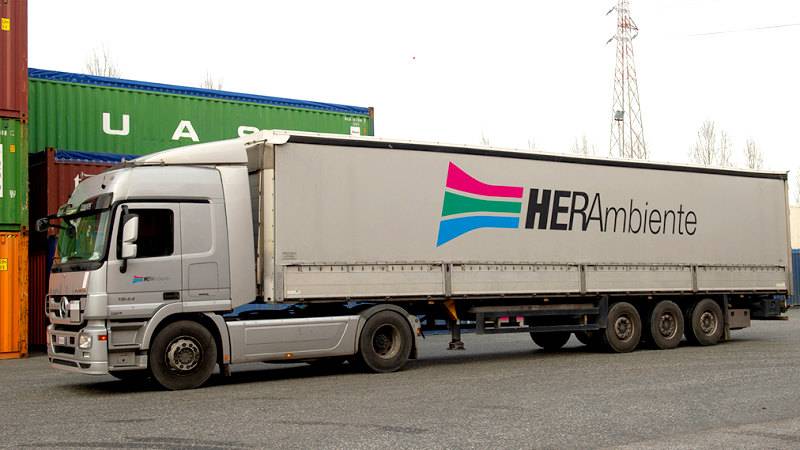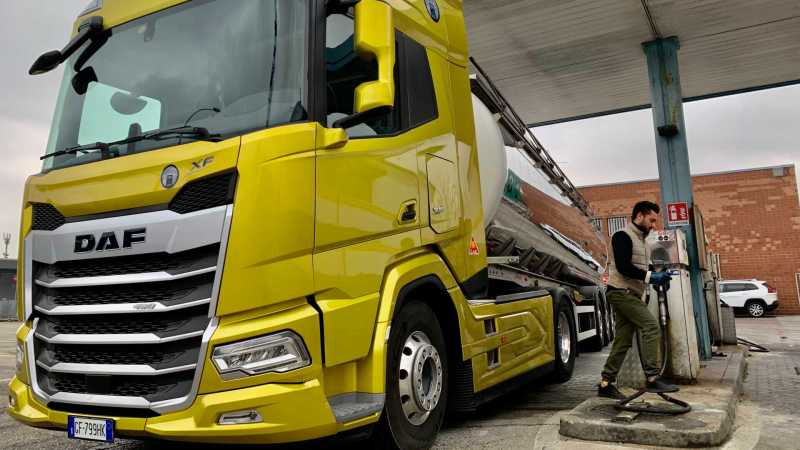More than two years after the Russian invasion of Ukraine and the ongoing war that has plagued the country since, maritime transport to Ukrainian ports on the Black Sea is slowly resuming. Initially, bulk carriers transporting grain and iron were the first to return, followed by smaller container ships. On April 21, the Pros Hope, a 1,118 TEU vessel chartered by Ukrainian freight forwarder Iteris Feeders, completed a short-sea shipment between the Ukrainian port of Chornomorsk and the Romanian port of Constanta. According to Seatrade Maritime, this transport was conducted in collaboration with the Ukrainian branch of Maersk, which had suspended its river transport on the Danube from Constanta to Reni, seemingly to return to sea routes.
Hapag-Lloyd is also reportedly interested in collaborating with Iteris Feeders. According to Alphaliner, the German company plans to use the port of Constanta as a hub for containers traveling on its global network and destined for Ukraine. Seatrade Maritime also reports that the Turkish company Akkon intends to reactivate routes to Ukraine, and there is also talk of interest from MSC.
If container traffic increases, the port of Chornomorsk, located about twenty kilometers south of Odessa, may prove inadequate due to its small size and poor container-handling infrastructure. Currently, it is used as a key point for the so-called "grain corridor." The ideal docking point would be the port of Odessa, which, however, remains under the threat of Russian missiles and drones.
The other endpoint would remain Constanta, which, according to Informall BG, has increased its container traffic by 32% – from 610,000 to 810,000 TEU – from 2022 to 2024, precisely due to the diversion of Ukrainian traffic. Despite these signs of improvement, the situation remains precarious, especially as the Ukrainian military appears to be struggling to counter the Russian offensive.



